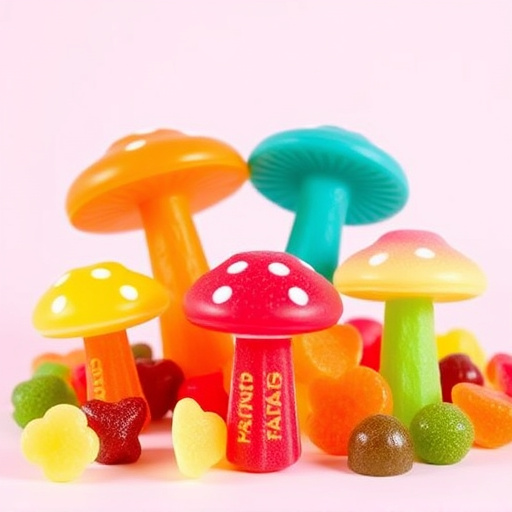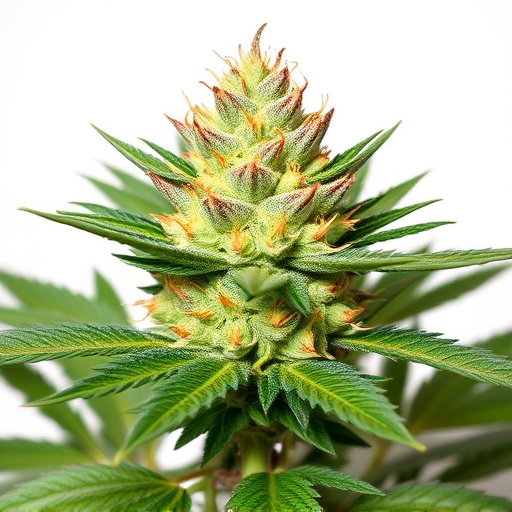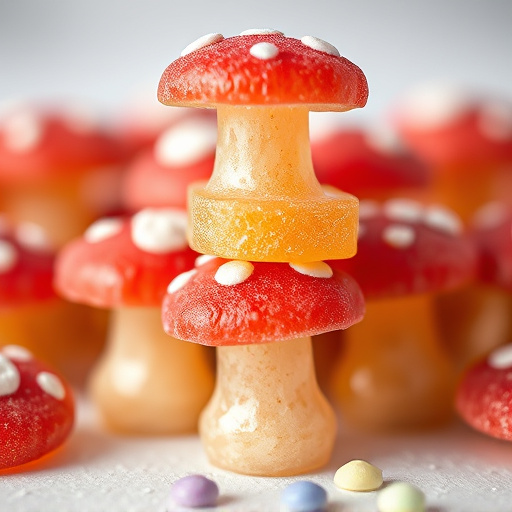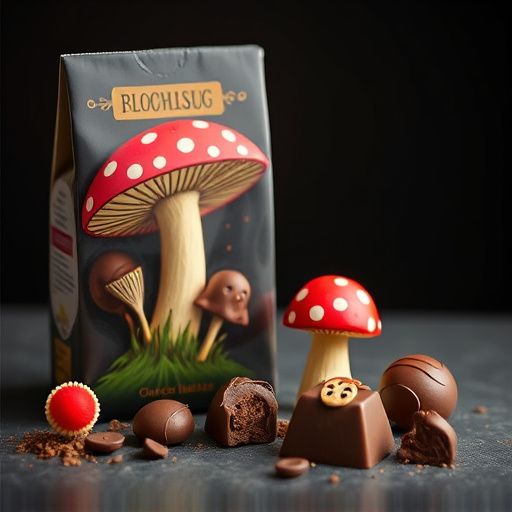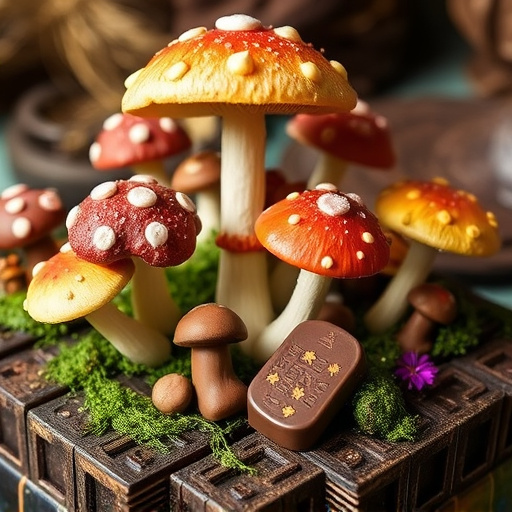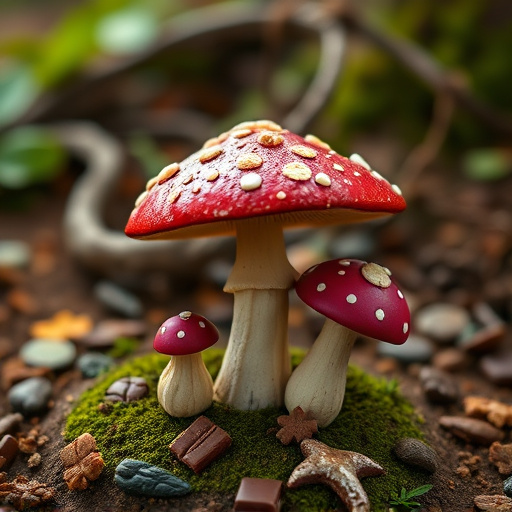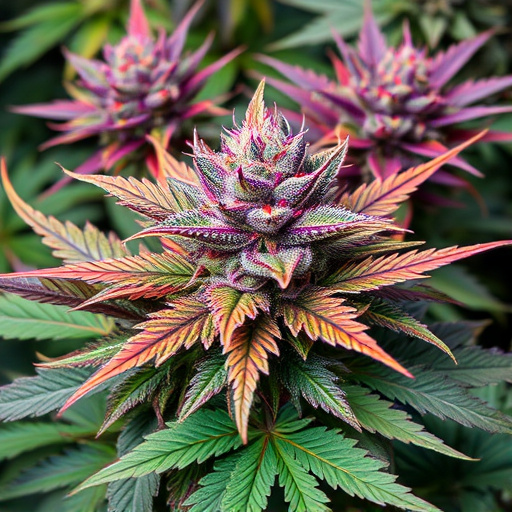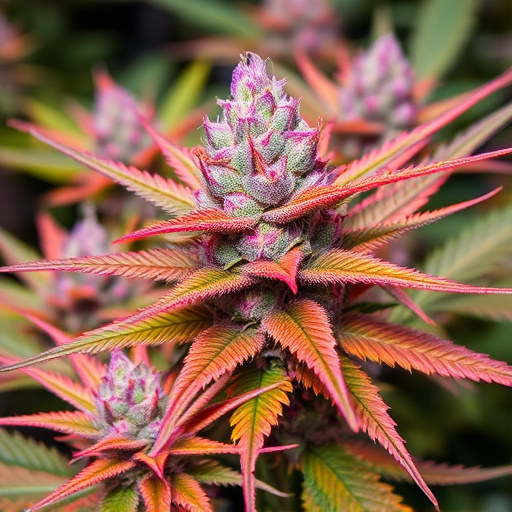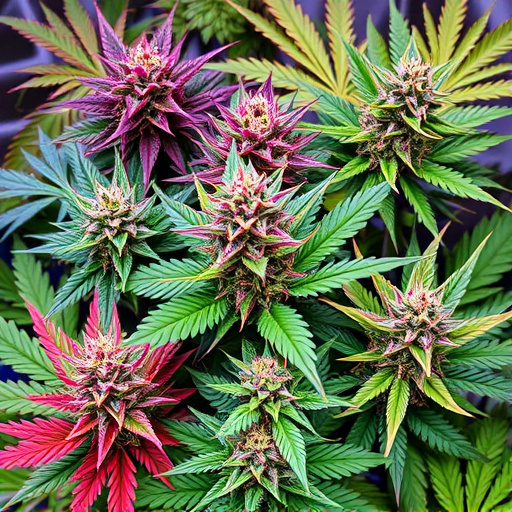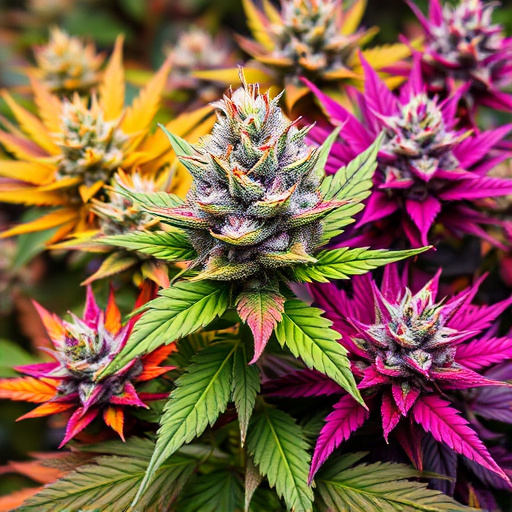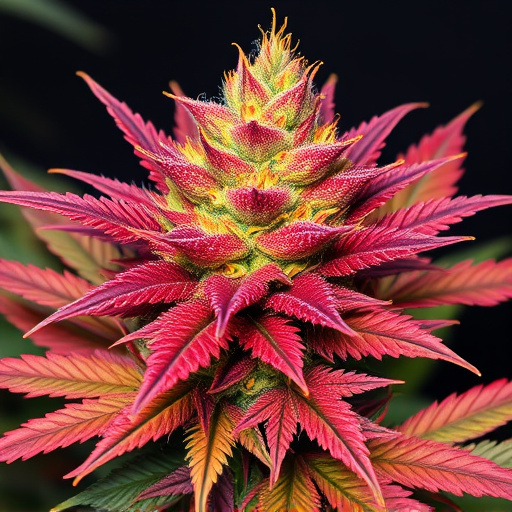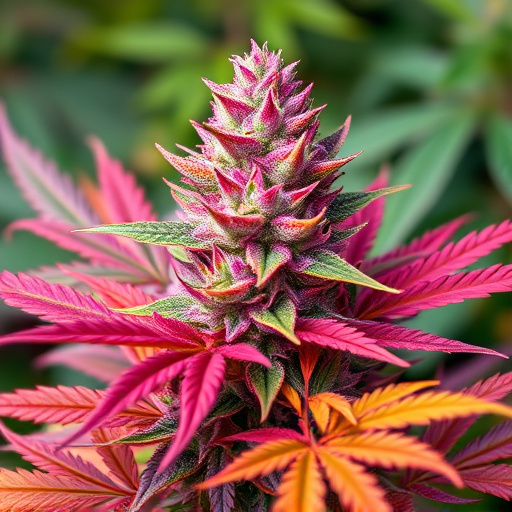Cannabis flowers contain cannabinoids like THC and CBD, which interact with the body's ECS to affect mood. Colorful strains, featuring pigments like anthocyanins, offer unique therapeutic properties and aesthetic appeal. Consuming these potent strains requires responsible practices, starting with low doses, choosing the right strain for desired effects, and creating a relaxing environment.
“Unraveling the intricate relationship between cannabis flowers and their influence on mood and emotions is a fascinating journey into the realm of natural compounds. This article explores how the diverse colorful cannabis strains, rich in cannabinoids, interact with our endocannabinoid system, ultimately shaping our emotional states. From understanding the science behind these interactions to deciphering the effects of different colors, we’ll guide you through the nuances of safe and responsible consumption, shedding light on why certain strains may evoke specific emotional responses.”
- Understanding Cannabis Compounds and Their Interaction with the Endocannabinoid System
- The Impact of Different Colored Cannabis Strains on Mood and Emotions
- Considerations for Safe and Responsible Consumption
Understanding Cannabis Compounds and Their Interaction with the Endocannabinoid System
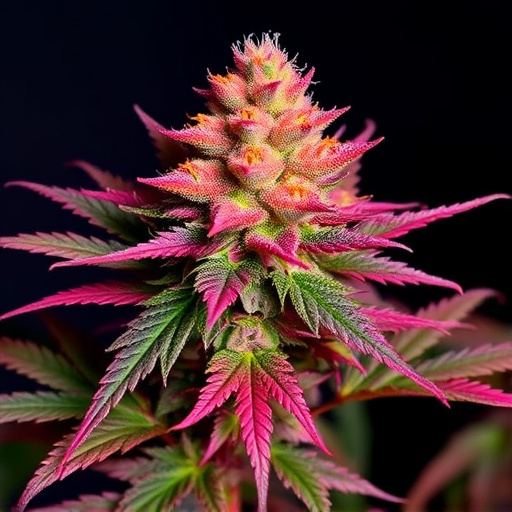
Cannabis flowers contain a complex mixture of compounds, including cannabinoids and terpenes, which work together to produce various effects on mood and emotions. The most well-known cannabinoid is THC (tetrahydrocannabinol), known for its psychoactive properties that can elevate or alter one’s mood. However, another key player is CBD (cannabidiol), a non-intoxicating compound with potential therapeutic benefits, including anxiety reduction and emotional regulation.
The endocannabinoid system (ECS) plays a significant role in maintaining homeostasis in the body, including regulating mood and emotions. Cannabis compounds interact with this system by binding to receptors, such as CB1 and CB2, influencing neurotransmitters like dopamine and serotonin. This interaction can lead to a range of effects, from feelings of relaxation and euphoria to heightened anxiety or paranoia, depending on individual variability and cannabis strain characteristics, like the colorful cannabis strains known for their diverse terpene profiles.
The Impact of Different Colored Cannabis Strains on Mood and Emotions

Cannabis flowers come in a spectrum of colors, from deep purples to bright yellows and even shades of orange—each color variant offering unique properties that can influence mood and emotions. Studies suggest that the pigments responsible for these colors play a role in the plant’s therapeutic effects. For instance, anthocyanins, which give plants their red and blue hues, have been linked to anti-inflammatory and antioxidant properties, potentially enhancing overall well-being and contributing to positive moods.
Moreover, the visual appeal of colorful cannabis strains can also impact emotional responses. The aesthetic pleasure derived from admiring these vibrant blooms may trigger feelings of relaxation and joy. In today’s world, where self-care and mental health are increasingly prioritized, many cannabis enthusiasts appreciate the therapeutic benefits and mood-enhancing potential offered by these not just potent but visually stunning colorful cannabis strains.
Considerations for Safe and Responsible Consumption
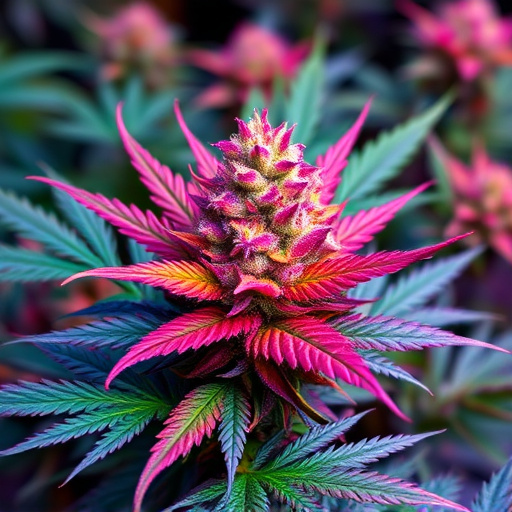
When consuming cannabis, especially with colorful cannabis strains known for their potent effects, it’s crucial to approach it responsibly and safely. The impact on mood and emotions can vary greatly depending on individual factors such as tolerance, previous experience, and personal psychological makeup. Always start with low doses and gradually increase if needed. It’s important to create a comfortable environment, where you feel safe and relaxed, to minimize potential anxiety or paranoia that may be triggered in some individuals.
Additionally, choosing the right strain for your desired mood is essential. Colorful cannabis strains often have specific traits and chemical profiles that can influence how one feels. For example, strains with higher levels of CBD (cannabidiol) are known to promote relaxation without significant psychoactive effects, while those rich in THC (tetrahydrocannabinol) may evoke more intense emotional responses. Understanding these differences and selecting a strain accordingly can help ensure a positive and enjoyable experience.
Cannabis’ impact on mood and emotions is a complex interplay between its compounds and our endocannabinoid system, with different colored strains offering unique experiences. While responsible consumption is key, understanding these factors empowers folks to navigate the world of colorful cannabis strains safely and enjoyably. Further research is essential to unlock the full potential of this natural plant for enhancing well-being.
